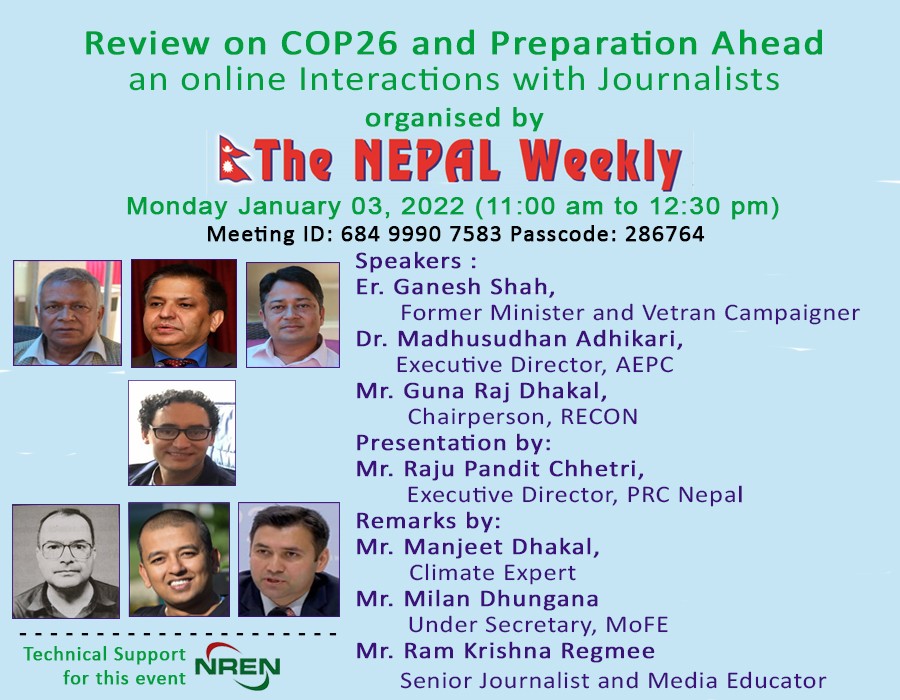 The Nepal Weekly
The Nepal Weekly  July 11, 2023
July 11, 2023
Heavy monsoon rains in Pakistan over the past week killed at least 50 people across the country, nearly a year after massive flooding killed more than 1,700 people and affected 33 million others. Nepal also had witnesses of loss and damages of human and properties caused by recent landslides and floods. A number of roads connecting to different places also damaged.
In neighbouring India, about a dozen districts in the north-eastern state of Assam were hit by deadly flash floods in June, forcing thousands to flee their homes and seek refuge at makeshift relief camps.
The ravaging floods – which killed at least 11 people – meant many faced the daunting task of rebuilding their lives as they returned to destroyed homes and drowned livestock.
Climate-change-induced downpours, drought, and soaring temperatures have become increasingly common across the eight countries of South Asia, making it one of the world’s most vulnerable regions to the impacts of global warming.
Saleemul Haq, director at the International Centre for Climate Change and Development, said the region is particularly at risk because of a combination of geography, population and poverty.
“Over a billion and a half people are living in an area that is not such a big part of the world. It has major river systems from the Hindu Kush and the Himalayan mountain regions flowing through,” he told a global news media.
Some 750 million people in South Asia have been affected by at least one natural disaster, according to data compiled by the Washington-based World Bank.
The lack of land to grow food, water shortages, and displacement of populations are some of the challenges the region is facing as climate experts predict irreversible consequences to the livelihoods of hundreds of millions.
For thousands of years, South Asia was seen as the world’s “granary” for agriculture – a region with weather patterns well-suited for growing crops, Pakistan-based climate scientist Fahad Saeed told Al Jazeera.
“However, with the onset of climate change, the delicate balance which was important for crops to grow has been disturbed,” Saeed said.
Results from a study published in 2021 on wheat production up to 2050, using crop simulation models, found the most negative effects will be seen in South Asian nations with a yield decline of 16 percent.
Environmentalist Anjal Prakash said climate change will have “significant implications” for food security in South Asia.
“However, with the onset of climate change, the delicate balance which was important for crops to grow has been disturbed,” Saeed said.
The rain pattern over Nepal also had shown in a different way. It is unsimilar to previous years. The paddy plantation in the ongoing season is lower than last year. That means, food product will be affected. The country which has to import food materials will be further needed to import even larger quantity due to poor rain pattern.

